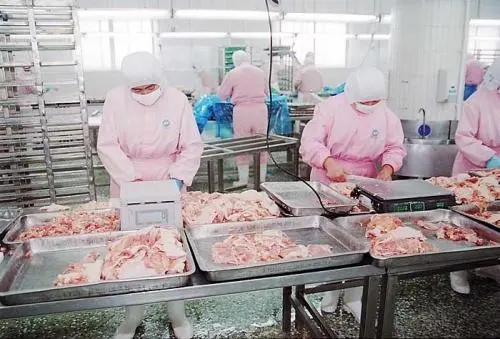Vegetable Cold Storage Costs and Price Trends for Fresh Produce
The Economics of Vegetable Cold Storage Pricing
In the modern agricultural landscape, the importance of proper storage techniques cannot be overstated, particularly when it comes to vegetables. With growing concerns over food waste and the need for increased efficiency in the supply chain, the concept of cold storage has emerged as a critical strategy in preserving the freshness and extending the shelf life of vegetables. As the demand for fresh produce intensifies, understanding the factors influencing cold storage pricing becomes essential for producers, distributors, and retailers.
Cold storage facilities provide a controlled environment that minimizes the deterioration of vegetables post-harvest. This control is crucial since many vegetables are perishable and can spoil within days to weeks without proper care. The pricing of vegetable cold storage services often hinges on several interconnected factors, which influence how much growers and distributors are willing or able to pay.
1. Cost of Infrastructure and Technology
One primary contributor to cold storage pricing is the cost associated with the infrastructure and technology required to maintain optimal storage conditions. The initial investment in refrigeration systems, insulation, and climate control technology is significant. These facilities must maintain specific temperature and humidity levels tailored to the needs of various vegetables, which can lead to high operational costs. Consequently, these expenses are often passed down to the end-users in the form of storage fees.
2. Location and Accessibility
The geographical location of a cold storage facility also plays a crucial role in determining its pricing structure. Facilities located closer to major agricultural production areas or urban centers may offer competitive rates due to lower transportation costs and improved accessibility for clients. Conversely, cold storage facilities situated in remote areas often charge higher prices to mitigate the increased costs associated with longer transport times and logistical challenges.
3. Seasonal Demand Fluctuations
Vegetable cold storage prices are subject to seasonal fluctuations. During peak harvest seasons, the demand for cold storage can surge as farmers rush to preserve their crops. This increased demand can lead to higher prices as facilities cater to the heightened need. In contrast, off-peak seasons may see a dip in prices as competition among storage providers intensifies and available space exceeds demand. Understanding these seasonal patterns can allow producers to strategically plan their storage needs and potentially save on costs.
vegetable cold storage price

4. Length of Storage
The duration for which vegetables are stored also impacts pricing. Short-term storage for up to a few weeks typically incurs lower fees compared to long-term storage, which might extend for several months. Facilities may offer tiered pricing structures that incentivize lower rates for longer commitments. However, producers must weigh the costs against the benefits of extending storage, as holding onto vegetables for too long can risk loss of quality and market value.
5. Market Prices and Economic Trends
The broader economic context also influences cold storage pricing. Fluctuations in market prices for vegetables can impact how much growers are willing to spend on storage, particularly during economic downturns when profit margins tighten. Additionally, the rising costs of energy, labor, and materials due to inflation can compel storage facilities to adjust their pricing strategies to maintain profitability.
6. Technological Advancements
Finally, advancements in cold storage technology, such as improved energy efficiency and automation, may affect pricing in the long run. Facilities that embrace cutting-edge technologies may reduce their operational costs, allowing them to offer more competitive pricing. Furthermore, innovations such as remote monitoring and predictive analytics can enhance the efficiency of cold storage operations, ultimately benefiting both service providers and their customers.
Conclusion
The pricing of vegetable cold storage reflects a complex interplay of various factors, including infrastructure costs, location, seasonal demand, and broader economic trends. As the agricultural industry continues to adapt to the challenges of sustainability and food security, understanding these dynamics becomes fundamental for stakeholders at every level. As producers increasingly prioritize cold storage solutions, finding ways to optimize storage practices and costs will be essential in achieving a more efficient and resilient food supply chain. With careful planning and strategic investment, the cold storage sector can continue to grow, ensuring that fresh vegetables remain accessible to consumers year-round while minimizing waste and maximizing profitability.
















































































































